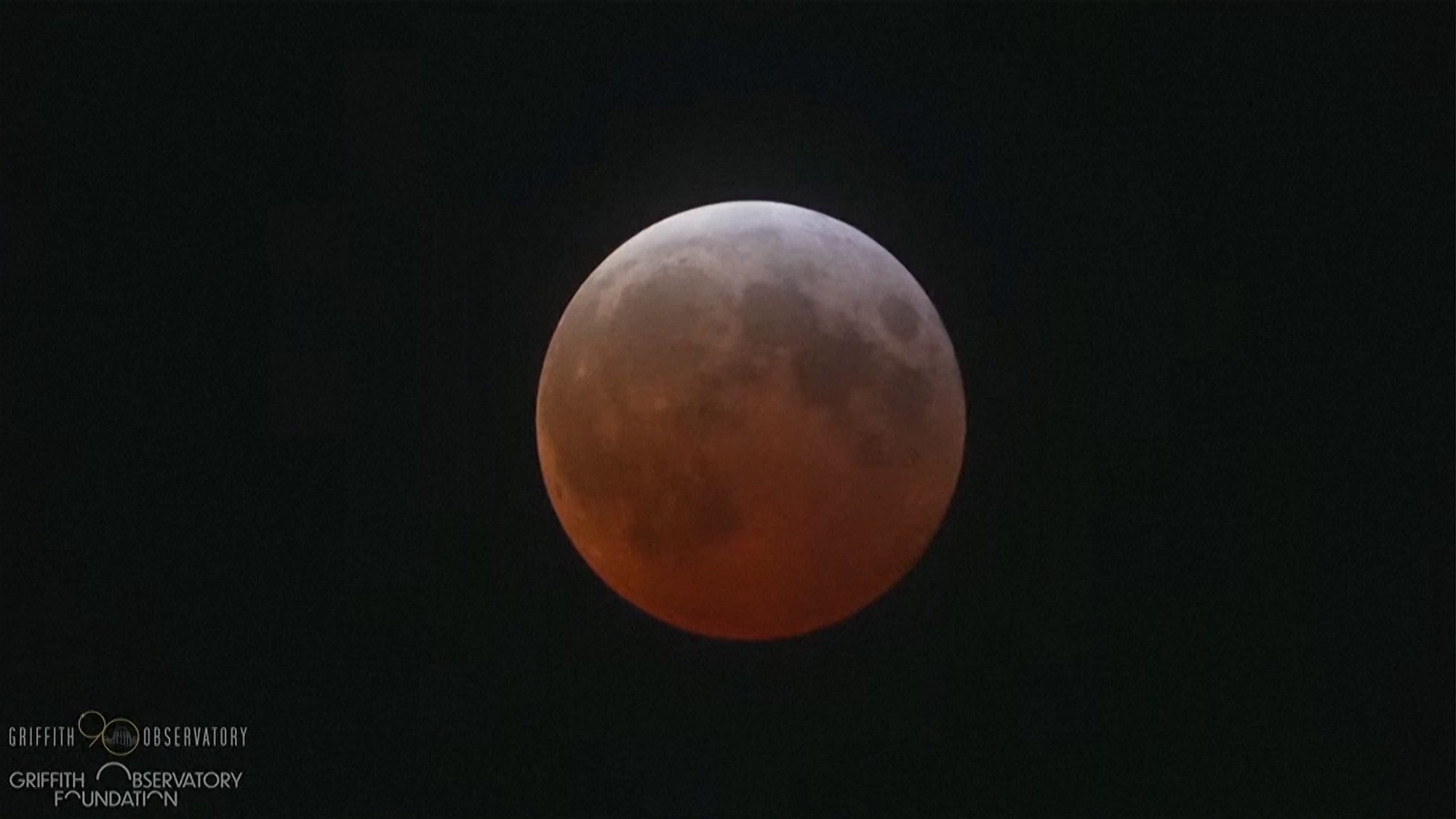Partial vs. total eclipse: How this weekend's spectacle compares to April 2024
The total solar eclipse of April 8, 2024 may still be fresh in millions of people's minds, but this weekend's partial event will be a bit different.

For a few brief moments in 2024, millions of Americans paused their days to step outside to witness an incredibly rare celestial phenomenon.
Nearly a year has passed since the total solar eclipse became a national obsession for weeks leading up to the stunning display. And when that big moment finally came on April 8, 2024 as the Earth, moon and sun perfectly aligned, the eclipse delivered on the hype.
Strange darkness blanketed a large swath of the U.S., animals fell silent, and a spectacular glowing ring appeared in the sky where the sun should have been.
That's not exactly what will happen this weekend during the upcoming partial solar eclipse.
But that doesn't mean the partial eclipse isn't worth glimpsing when it occurs early Saturday morning across several northeastern states.
Here's a recap of the April 2024 total solar eclipse and how this weekend's partial cosmic event will be a bit different.
April 2024 total solar eclipse was 1st in seven years
Last year's total solar eclipse was the first in North America since 2017 and completely put its predecessor to shame.
For the 2024 eclipse, the sun's outermost layer, the corona, was brighter, the moon appeared larger and totality last just a bit longer than it did seven years prior.
The awe-inspiring spectacle is a rarity – and will become even more so in the years ahead. While only seven years passed between total solar eclipses in North America, the next one visible in the continent won't be until 2044.
What happened during the 2024 total solar eclipse?
The total solar eclipse of April 2024 charted a 115-mile-wide path across Mexico, the United States and maritime provinces of Canada.
In the U.S., tens of millions of people lived in the path of totality – the area where the moon completely blotted out the sun's disk stretching from the bottom of Texas all the way to the tip of Maine.
What is the difference between a partial and total solar eclipse?
A solar eclipse is what occurs when the moon comes in between the sun and the Earth. That differs from what happened earlier in March during the lunar eclipse, when the Earth came between the sun and moon to block sunlight from reaching our celestial neighbor.
During last year's total solar eclipse, spectators in the path of totality witnessed a stunning sight as the Earth, sun and moon perfectly aligned for a few minutes. The process not only ushered in uncharacteristic darkness, but unveiled the outermost layer of the sun's atmosphere.
But spectators in some states outside the path of totality were still treated to a partial solar eclipse, which is what will be visible Saturday.
Instead of unveiling the sun's signature circular ring, this time around the moon will only partly cover the sun, giving it a crescent shape, according to NASA. The sight will resemble someone taking a bite out of the sun.
When and where to see upcoming partial solar eclipse
This year's eclipse won't cover as much ground as the one from 2024, but 13 states in the northeastern region of the U.S. should still have a view of the partial solar eclipse.
In the U.S., the partial solar eclipse will begin early Saturday morning, around 4:50 a.m. EDT and end just before 8:43 a.m., according to the website Time and Date.
However, the eclipse will be visible and peak at different times depending on your location in the U.S.
For more detailed information, NASA released a map showing where the partial solar eclipse can be seen.
Safety instructions differ for partial solar eclipse
Just like during the total solar eclipse, spectators should plan to wear safety glasses or take steps to otherwise protect their eyes from the sun's harmful ray.
But unlike during the total solar eclipse, there is no time during a partial solar eclipse when it is safe for skygazers to view the spectacle with the naked eye. In April last year, those in the eclipse's path had a few brief moments during totality where the sun was shielded and they could safely remove eyewear to take in the sight.
Because the sun will never be completely covered this time around, observers are cautioned to use proper eye protection at all times.
Solar eclipse glasses are the most common form of protection used for viewing the celestial phenomena. These glasses are not your ordinary sunglasses, as they must be thousands of times darker to comply with international safety standards.
Keep in mind this friendly reminder: NASA only recommends that people wear certified glasses, but does not endorse any specific products itself, unlike what many vendors may erroneously claim. That's why it's important to check the he American Astronomical Society's website, where it maintains a curated list of approved vendors.
Eric Lagatta covers breaking and trending news for Paste BN. Reach him at elagatta@gannett.com